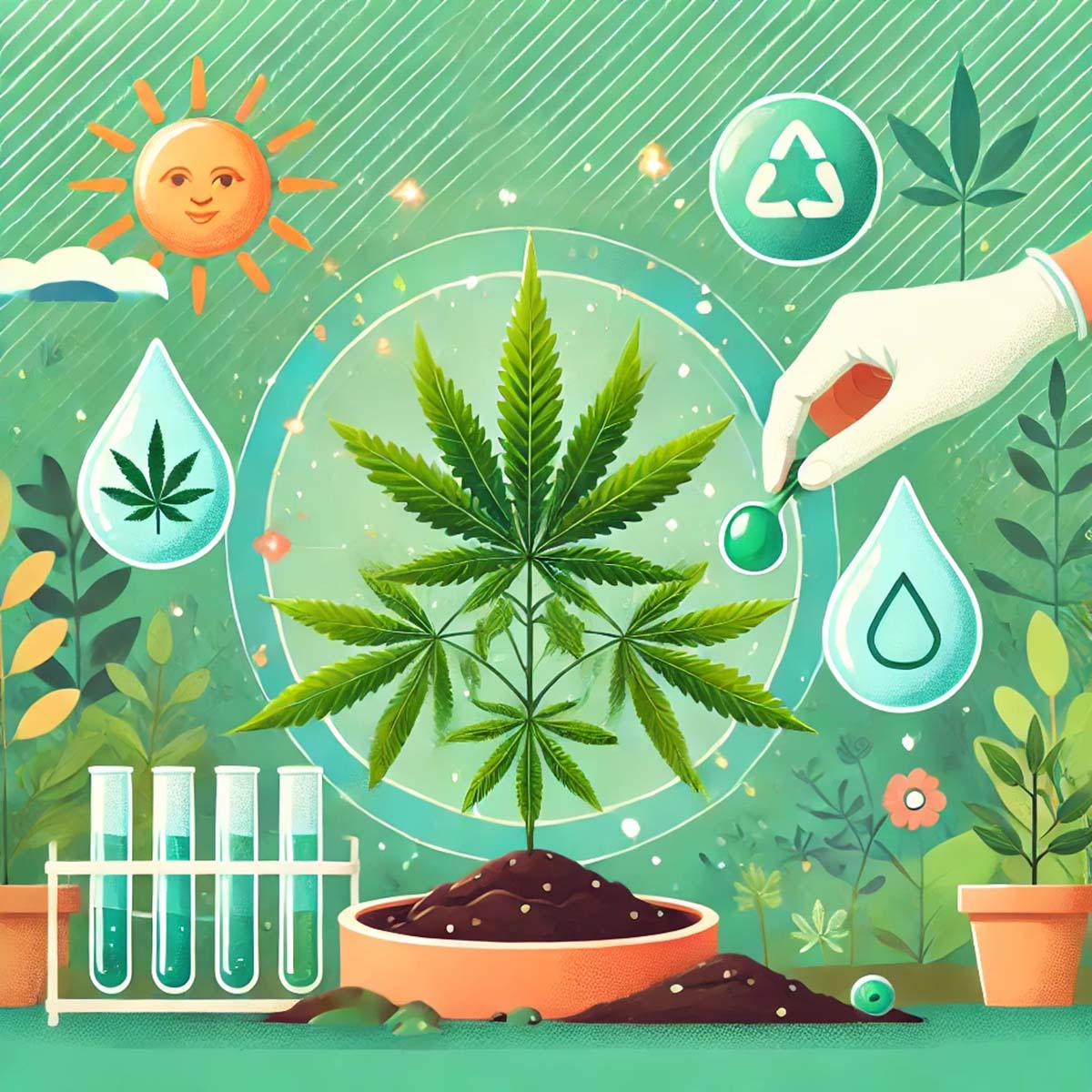As the cannabis industry continues to grow, so does the need for sustainable cultivation practices. The environmental impact of cannabis cultivation can be significant, but with mindful practices, it is possible to mitigate these effects and promote sustainability. This article explores the environmental impact of cannabis cultivation and highlights sustainable growing practices.
Environmental Impact of Cannabis Cultivation
1. Water Usage:
- High Demand: Cannabis plants require a substantial amount of water, particularly in large-scale operations. This can strain local water resources, especially in drought-prone areas.
- Solution: Implementing efficient irrigation systems, such as drip irrigation, can significantly reduce water consumption.
2. Energy Consumption:
- Indoor Growing: Indoor cannabis cultivation relies heavily on artificial lighting, climate control, and ventilation systems, leading to high energy consumption.
- Solution: Using energy-efficient LED lights and optimizing climate control systems can lower energy use. Additionally, incorporating renewable energy sources like solar or wind power can further reduce the carbon footprint.
3. Pesticides and Chemicals:
- Harmful Runoff: The use of pesticides and synthetic fertilizers can lead to harmful runoff, contaminating local water sources and ecosystems.
- Solution: Adopting organic farming practices and using natural pest control methods can minimize environmental harm.
4. Waste Management:
- Plant Waste: Large amounts of plant waste are generated during the cultivation and processing of cannabis.
- Solution: Composting plant waste and implementing recycling programs for packaging materials can reduce landfill contributions.
Sustainable Growing Practices
1. Organic Farming:
- Natural Inputs: Using organic soil amendments, compost, and natural pest control methods can improve soil health and reduce the need for synthetic chemicals.
- Biodiversity: Encouraging biodiversity by planting cover crops and maintaining natural habitats around cultivation sites supports beneficial insects and soil organisms.
2. Water Conservation:
- Drip Irrigation: Drip irrigation delivers water directly to the plant roots, reducing water waste and evaporation.
- Rainwater Harvesting: Collecting and using rainwater for irrigation can conserve local water supplies.
3. Energy Efficiency:
- LED Lighting: LED lights use less energy and produce less heat compared to traditional lighting, reducing the need for additional cooling.
- Renewable Energy: Incorporating renewable energy sources, such as solar panels, can offset the high energy demands of indoor cultivation.
4. Soil Health:
- Living Soil: Maintaining a living soil ecosystem with beneficial microbes and organic matter can improve plant health and reduce the need for chemical inputs.
- Crop Rotation: Rotating cannabis with other crops can prevent soil depletion and reduce pest and disease buildup.
Benefits of Sustainable Practices
1. Environmental Protection:
- Sustainable practices help preserve natural resources, protect local ecosystems, and reduce the carbon footprint of cannabis cultivation.
2. Improved Product Quality:
- Organic and sustainably grown cannabis is often of higher quality, with fewer chemical residues and a richer terpene profile.
3. Consumer Demand:
- As consumers become more environmentally conscious, there is a growing demand for sustainably produced cannabis products.
The environmental impact of cannabis cultivation can be significant, but by adopting sustainable growing practices, the industry can minimize its footprint and promote long-term sustainability. From water conservation and energy efficiency to organic farming and waste management, there are numerous ways to grow cannabis sustainably. By prioritizing these practices, cultivators can help protect the environment while producing high-quality cannabis products.



